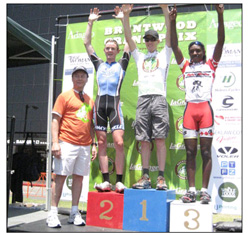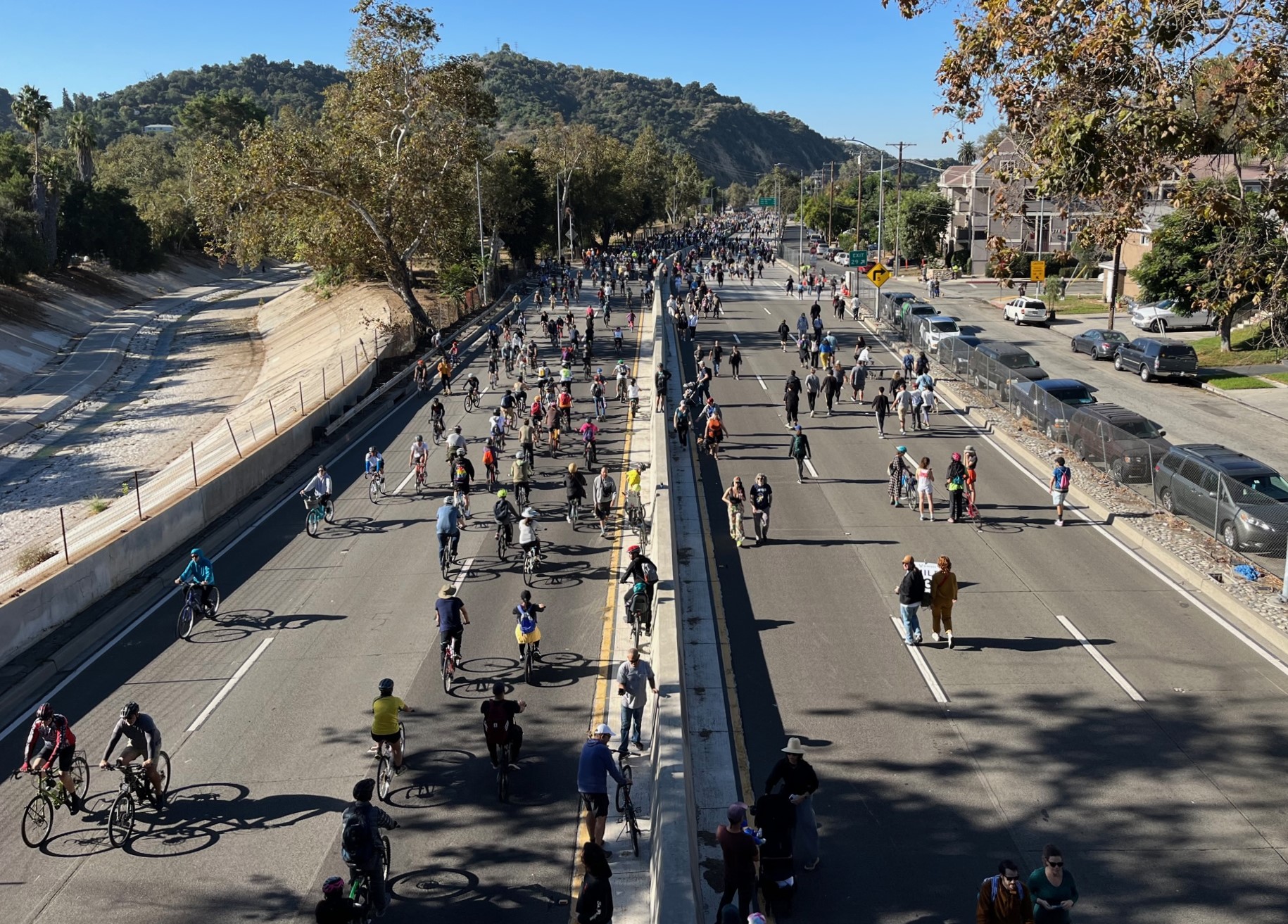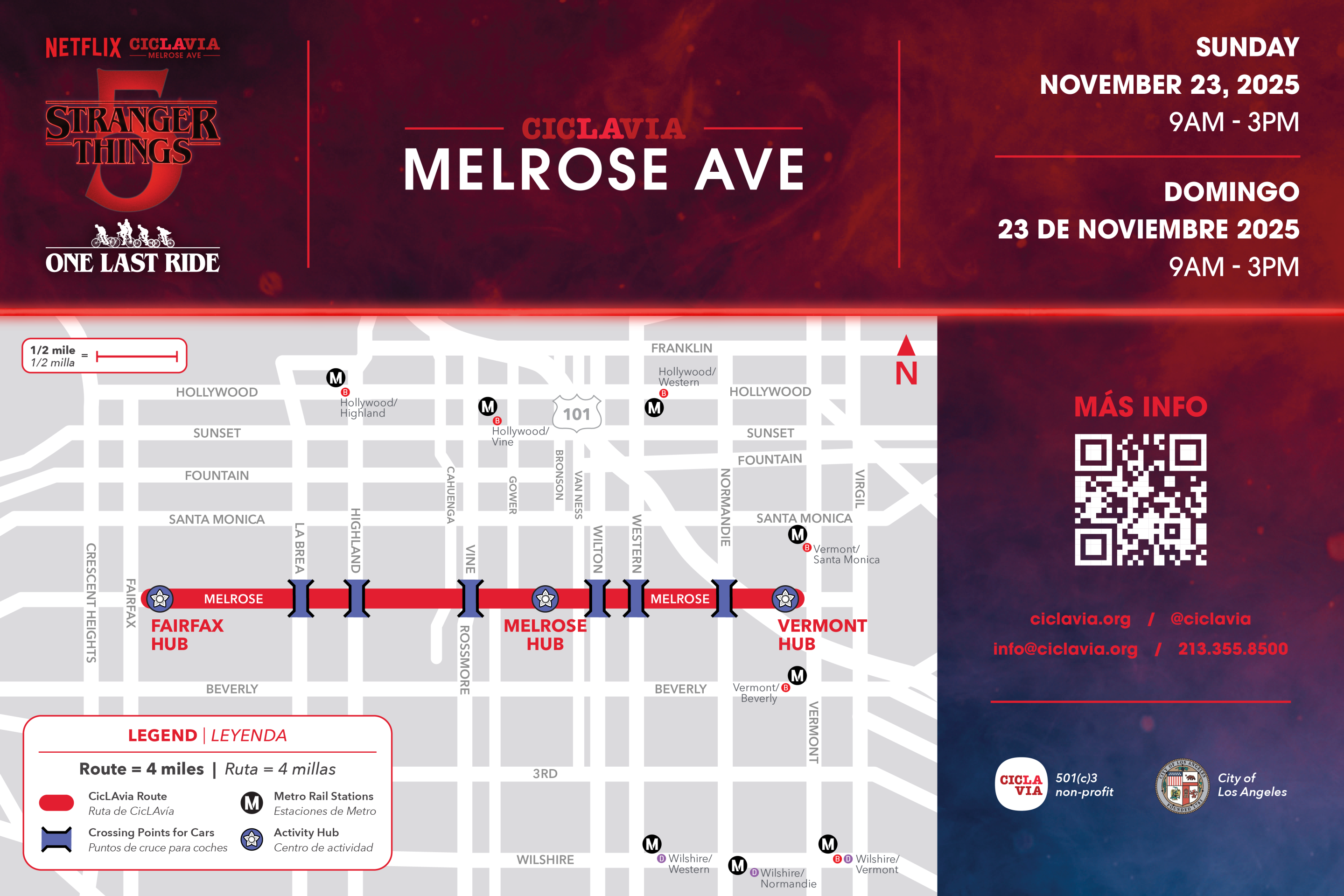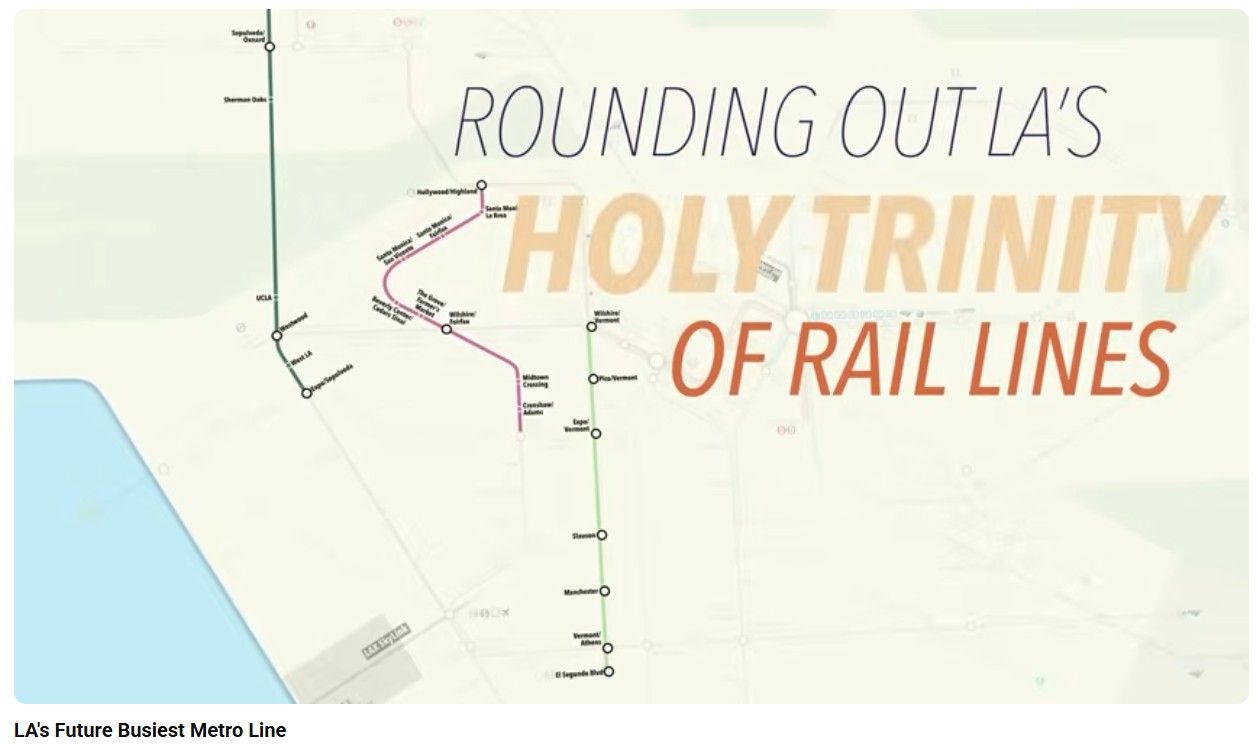Lance Armstrong has said that, “if you worried about falling off the bike, you’d never get on.” But what happens when you have gotten on a bike… for 15 years and loved every minute of it—the physical activity, the camaraderie, the pure joy of experiencing new sights and sounds—and then you fall…and are seriously injured? What happens when that passion for cycling is eclipsed by fear? Fear for your own health and safety and fear of the possibility of putting your family through another touch-and-go trauma?

This is exactly what happened to a client of mine. Although he has recovered well physically, he has not been on a bicycle since his accident and doesn’t think he’ll ever ride again. That is a drastic change; one that has implications for all aspects of his life and that of his family.
My client is an experienced, skilled bicyclist who always rode with safety front and center in his mind. His injury wasn’t caused by him, but rather by the car-centric mindset and bureaucratic red tape that has often turned our streets and highways into danger zones—places where accidents are just waiting to happen.
On the day of his accident, he was riding on Pacific Coast Highway, a route he had taken many times before. Because road work was being done, a lane was closed and cones were used to guide motorists into the one “active” lane. But, what about bicyclists…where were they to ride? Should they have entered the lane of traffic where vehicles were moving 40 mph or more? Was the shoulder safe?
The cones served motorists, but not bicyclists. The public authorities who were overseeing the project, and whose job it is to preserve public safety, used bureaucratic procedure—not the realities of the situation—to guide their actions. A “Bike Lane Closed” sign was not used because the powers that be said PCH was a bike route; there is no bike lane.
Because my client took the same route safely a day or so before by riding on the shoulder, he decided not to take the lane, and stuck to the right. What he didn’t know, however, was that on this day there was an open trench with no warning sign on the road ahead. By the time he came upon it, it was too late. The result? He fractured his cervical spine and his passion for bicycling was shattered.
So, what does he do now? How does he fill the missing puzzle piece in his life that bicycling has now become?
Sadly, I have no answer. Only the hope that one day he may feel safe enough to ride again.
(The law firm of Gordon, Edelstein, Krepack, Grant, Felton & Goldstein, LLP is dedicated to protecting the rights of those who have suffered serious injuries on or off the job. Partner Howard Krepack, an avid bicyclist, leads the firm’s bicycle accident practice. For more information about our firm, call us at 213-739-7000 or visit our website: www.geklaw.com.)






